Packaging makes it possible to distribute products to consumers in a safe and presentable way. It is equally a key element of product branding and also helps brands deliver a unique consumer experience.
That said, packaging options are incredibly vast and the industry keeps churning out new designs. It can, therefore, be difficult to make the right decision unless you understand how different types of packaging work and how suitable they would be for your product.
So, we took a deep dive and have emerged with all the important information you have been looking for about packaging. By the end of this blog, you will be better placed to identify the types of packaging you need and the right designs to order.
Shall we begin?
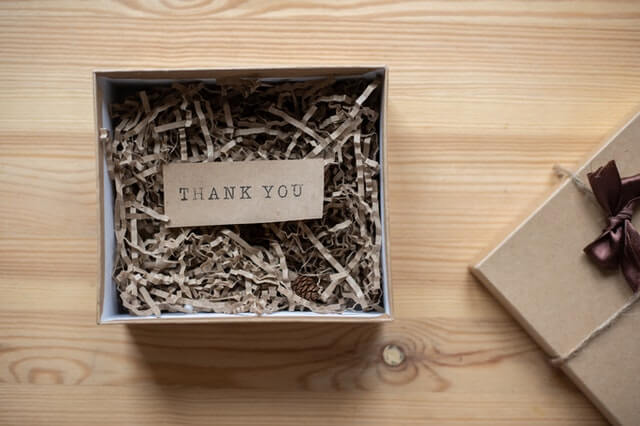
Types of Packaging
There are 3 main types of packaging:
- Primary packaging
- Secondary packaging
- Tertiary packaging
These categories are based on whether a medium of packaging is used in direct contact with the product or for bundling and transportation purposes.
Let’s explore each of them in depth, shall we?
Primary Packaging
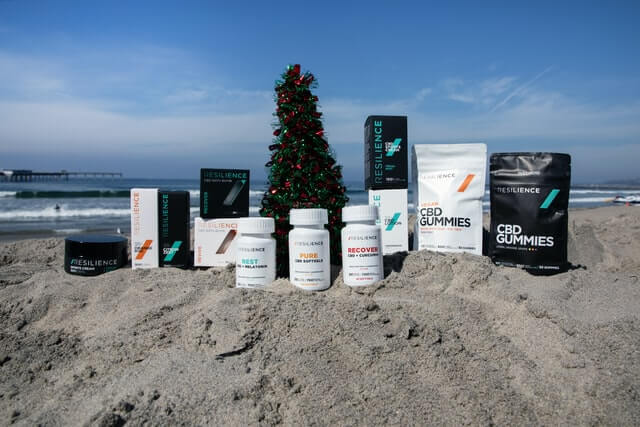
Primary packaging is any medium used to contain, wrap, or encapsulate a product after manufacturing. Examples include lotion bottles, condiment jars, shoe boxes, and so forth.
This type of packaging is usually in direct contact with the product. It is also known as a consumer unit because it is what a customer takes home when they buy the product. It is crucial in the packaging spectrum because:
- It keeps products enclosed, well-preserved, and away from contaminants.
- It makes it possible to distribute products to consumers in different quantities.
- It can be customized and branded to make the product more appealing to consumers.
- It is pivotal in the consumer experience. Customers interact with it first-hand and often use it to store and sometimes dispense the product.
Primary packaging comes in different materials and designs. They include:
Bottles and Jars
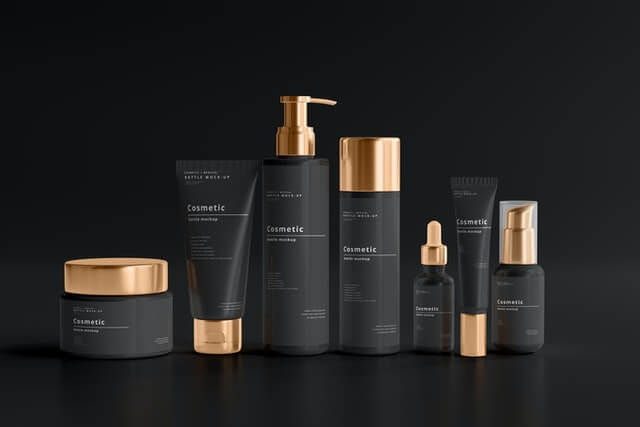
Bottles are mainly used for products in liquid form. They can be fitted with different closures, such as pumps, spray heads, and caps, to suit the storage and dispensing requirements of various products.
Jars, on the other hand, are more versatile and can be used for powders, liquids, and even solid products. They too can be fitted with innovative closures if necessary.
You can opt for plastic or glass jars, based on factors such as the nature of your product, your target audience, and your budget.
However, glass is becoming more preferable due to increasing concerns about BPAs in plastics. Some customers also associate it with higher elegance and product quality.
Highlight Features
- Flexibility – bottles and jars can be used to package an extensive variety of products from cosmetics, food, and beverages to homecare products, medicinal products, and much more.
- Eco-friendliness – both glass and plastic bottles and jars can be recycled which is good for the environment and can also help make your packaging more cost-effective.
Pros
- It is easy to customize bottles and jars to suit different products.
- Bottles and jars are reliable for product storage even after purchase and can be resealed to ensure the product remains well-preserved.
- Customers get residual value because they can always repurpose product bottles or jars for other uses.
Cons
- The utility of bottles is heavily limited to fluids.
- Bottles and jars are mostly convenient for small to medium product quantities. Larger sizes can be tasking to handle for distributors and customers too.
Pouches

Pouches are a bag-like form of flexible packaging. They are used to package coffee, detergents, and supplements like protein powders, cement, and other similar goods.
Highlight Features
- A unique structure – pouches are often made of multiple layers of different paper. The type of paper, the number of layers, and the sealing technology used usually depend on the product to be packaged.
- Diverse designs – you can choose between standup pouches, spouted pouches, retort pouches, and bottom-gusset pouches, among many other designs.
- Different sealing techniques – pouches can be fitted with different types of closures to enhance the consumer experience. They can also be sealed to preserve product integrity and prolong shelf-life too.
Pros
- Pouches have ample surface area and are thus very convenient for branding.
- It is easy to pack, store, and transport pouches because they are compact and not prone to breakage.
- Pouches are fun, dynamic, and often appeal to customers because of their convenience.
Cons
- Some pouches are made from recycled materials but most of them are not. Their reusability is also low. This adds to the packaging waste dilemma.
- If a pouch is not resealable, it can make it difficult for customers to store the product after the first use.
Blister Packs
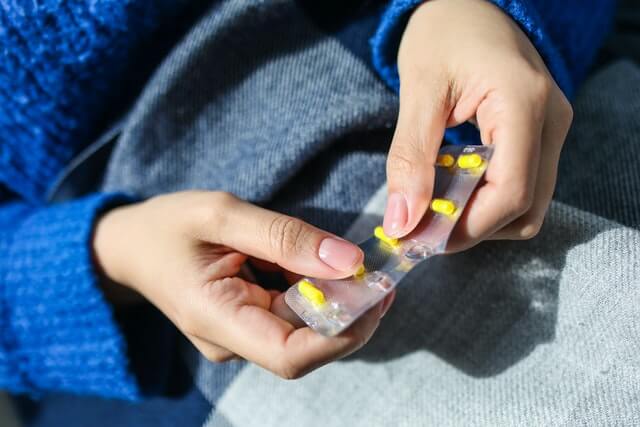
Blister packs are mostly made of aluminum foil paper but a few are made of a combination of paper and plastic.
They are commonly used in the medical industry to package medicine but can also be used for stationary, small building accessories, and even some electrical components.
Highlight Features
- Flexibility – blister packs can be designed in different shapes and styles to suit the product being packaged.
Pros
- Aluminum foil, when properly sealed, maintains the integrity and shelf life of products because it does not absorb water.
- It is easy to carry products in blister packs because the packaging is very light.
Cons
- Blister packs are only ideal for a very limited number of products.
Roll Bags

Roll bags are usually made of different kinds of plastic which are sometimes lined with aluminum foil.
They are known as roll bags because they come in a huge roll which is simply a series of bags. Each bag is separated by a perforated line where it can be cut off manually or using a machine during filling.
Highlight Features
- Sealing mechanisms – roll bags can be sealed using heat, a resealable seal, or other methods, depending on the user experience you wish to offer or the conditions required for the preservation of the product.
- Customizable structure – you can choose the type of plastic used to make your roll bags based on your needs and even opt for multiple layers if you reckon it will improve your packaging.
Pros
- Roll bags are compatible with both manual and automatic filling.
- Roll bags are light and easy to handle throughout the supply chain.
Cons
- Filling roll bags manually can lead to challenges especially when it comes to tearing off one bag from the next.
Rigid Packaging Boxes

Rigid packaging boxes are made of thick chipboard and wrapped in high-quality decorative paper. They are used to package a wide range of mobile devices, watches, fountain pens, board games, and lots of gift items.
Highlight Features
- Sturdy structure – rigid packaging is sturdy and keeps products well protected during transit.
- Special effects – rigid packaging boxes can be enhanced using features such as magnetic closures and delightful interior finishes.
Pros
- The classy appearance of rigid packaging boxes leaves a remarkable impression on customers; every purchase feels like a marvelous treat.
- It is easy to brand the surfaces or even the interior sections of rigid boxes.
Cons
- The flair of rigid packaging boxes makes them more expensive than most packaging solutions.
Secondary Packaging

Secondary packaging is used to bundle or batch multiple product units for transit or storage.
Bottles of beer and soda, for example, are not stored as individual units but are put in crates instead. Crates are, therefore, secondary packaging.
This type of packaging is essential because:
- It eases warehousing and distribution activities; it is simpler and faster to handle a bundle of products than transport single units.
- Products take up less storage space when they are organized in batches.
- It helps keep the primary packaging in good condition by protecting it from too much contact that could cause breakage, perforation, and other forms of wear and tear.
Examples of secondary packaging include:
Corrugated Boxes
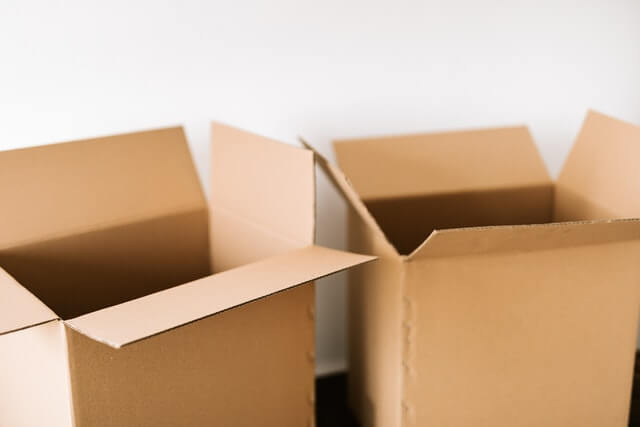
Corrugated boxes are made of multiple layers of liner boards, kraft paperboard, and reinforced paper with a fluted design. They are sturdier than typical cardboard boxes and keep products intact even during long-haul shipping.
Highlight Features
- Resilient structure – using multiple layers of cardboard makes corrugated boxes thick and able to withstand the rigors of storage and shipping. The fluted paper also creates pockets of air in the layers which create an extra buffer against impact.
- Standard testing procedures – corrugated boxes can be tested using the Mullen Test or the Edge Crush Test to ascertain whether they are sturdy enough for your intended use.
Pros
- Corrugated boxes are easy to label or even brand if necessary.
- Corrugated boxes are relatively affordable.
- The thickness and other dimensions of corrugated boxes can be customized as needed.
Cons
- Corrugated boxes are susceptible to water damage.
Shrink Film
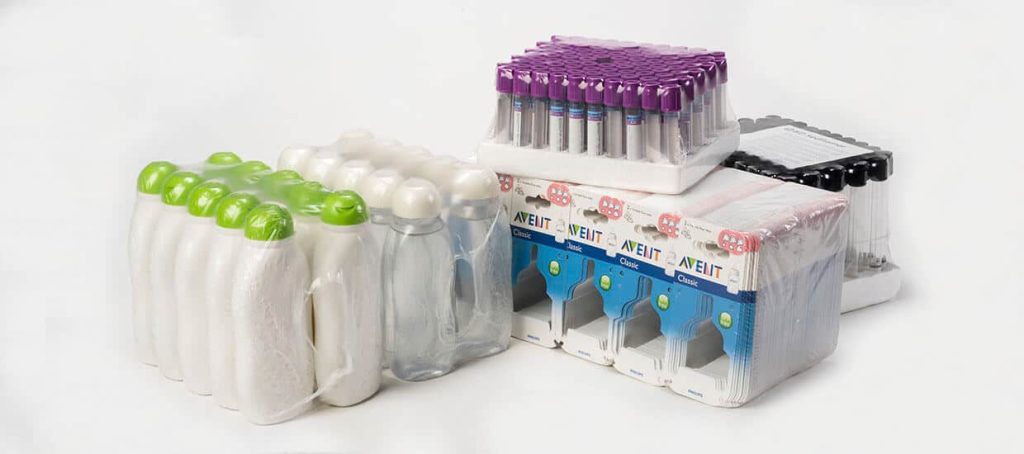
Shrink film is a sheet of plastic that is wrapped around a bunch of products and sealed using heat. It is relatively thicker than typical plastic sheets but durable enough to withstand transit.
Highlight Features
- Flexibility – shrink film is pliable and can be molded to the shape of the goods that it is being used to package. It is also suitable for products in a wide range of sizes.
- Multiple material options – shrink film was, for a long time, made using PVC. However, Polyolefin shrink film and High-density polyethylene (HDPE) shrink film are now also highly preferred due to their safety and durability.
Pros
- Shrink film is made of plastic and is thus water-resistant.
- There is little wastage when using shrink film because it can be cut to match the size of the cargo.
- Shrink film is light and does not take up much room during storage or shipping.
Cons
- Shrink film can tear and compromise the integrity of product batches.
- Shrink film does not offer much protection against impact.
Crates
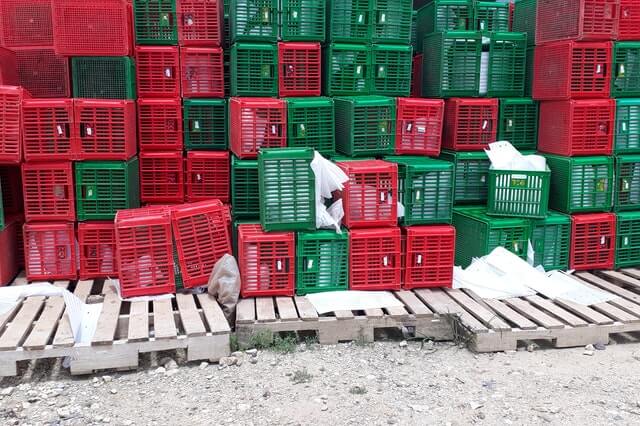
Crates are plastic or wooden containers. They are usually wide and can sometimes have partitions depending on the products they are designed to ship.
Crates are commonly used to ship bottles of beer, soda, or milk and can also be ideal for transporting cans. However, you can repurpose crates to ship any type of goods as long their weight is not too much for the crate.
Highlight Features
- Stackable – crates can be stacked on top of each other and remain balanced. This makes it easy to transport and store lots of product units even if space is limited.
- Safety – partitioned crates help prevent breakage when shipping fragile bottles. They can even be enhanced with padding for extra safety.
Pros
- Crates are versatile. They can be used to ship a vast selection of goods.
- Crates can be reused for years as long as they are well-built and properly maintained.
- Branded crates are a great way to sell your brand identity.
Cons
- Acquiring crates may be more expensive compared to shrink film or cardboard boxes. However, it is a one-off cost.
- Crates may only be ideal for compact products. Items with strange shapes or huge dimensions may not fit into them.
Tertiary Packaging

Tertiary packaging is used to consolidate big consignments during transit or shipping. It is designed to be able to hold multiple units of secondary packaging.
Take, for example, that you are shipping a consignment of wholesale kitchen knives. They will likely be packaged in multiple corrugated boxes(secondary packaging).
Tertiary packaging is then used to ensure:
- All the boxes in your consignment remain together during transit for easy accountability.
- The boxes are compacted into one or two hauls for easier handling.
- Space is utilized more efficiently by consolidating multiple units of cargo into neat bundles that fit warehouse storage or shipping containers.
Subsequently, it is accurate to state that tertiary packaging is distribution-oriented because end-users hardly ever come into contact with it.
Types of tertiary packaging include the following:
Pallets
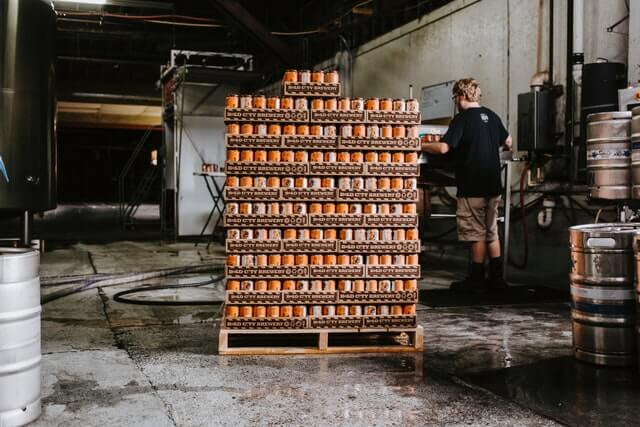
Pallets resemble a layered tabletop. They are made of wood and are designed to hold large units of cargo. Their low design allows them to remain stable even when high stacks of cargo are placed on top of them.
Highlight Features
- Optimized for handling – pallet designs are compatible with the lifting levers of forklifts. This eases the handling of large-scale cargo units.
- Stackability – you can use pallets to safely stack cargo in containers or even in storage units.
Pros
- Pallets are relatively affordable and offer long-term utility.
- You can customize different sizes of pallets based on the different sizes of cargo that you handle.
Cons
- You may have to combine pallets with other types of tertiary packaging for optimal safety.
Stretch Film

Stretch film is similar to shrink film in that it wraps around cargo. However, stretch film is manufactured in wider sheets because it is wrapped around boxes and other forms of secondary packaging.
Highlight Features
- The stretch factor – the stretching nature of this film helps bundle products together in a better way because it can accommodate the resistance that occurs during wrapping without tearing.
- Adherence – the relatively thin size of stretch film and the type of plastic it is made of emits static. This helps it cling to packages and keep them wrapped up.
Pros
- Stretch film is affordable.
- Stretch film is available in different levels of thickness as well as opaque and transparent options to match the needs of different types of cargo.
- It deters cargo tampering and can help prevent water damage too.
Cons
- It can be tricky to pick out a type of stretch film that can withstand the size and weight force of your cargo.
Factors to Consider When Choosing Different Types of Packaging
Each type of packaging plays a unique role and has its upsides and downsides. So, when it comes down to it, how do you pick the right one?
Here are some essential factors that can help you identify the right packaging solution.
The Goal

What do you hope to achieve by using a specific type of packaging? Are you trying to increase brand visibility? Maintain product integrity? Dazzle customers?
Identifying your core objectives will help you zero in on the options that align with them. Your decision will thus be much easier to make.
Suitability
A suitable packaging solution is one that:
- Maintains the integrity of your product and its shelf life. Packaging should not, for example, react with your products, create unsuitable temperature conditions, or expose products to light if they are light-sensitive.
- Ensures that customers receive your products while they are still in pristine condition.
- Is compatible with the size and shape of the products being packaged.
Weight
Weight and volume determine the cost of shipping. Consequently, it is prudent to aim for a type of packaging that will not impact these factors so significantly that you begin to incur higher costs.
Cost

Naturally, it is advisable to aim for types of packaging that are affordable but offer good value for money. However, as you make this decision, think long term.
For example, if you buy sturdy crates, you are likely to use them for months. On the other hand, shrink film can only be used once and you will need to keep buying it over and over. Crates may, therefore, be a more economical option.
Pilferage and Tampering
A significant amount of inventory gets lost or compromised while in transit due to pilferage and tampering. If your goods are prone to such mishaps, consider packaging solutions that can deter them.
Primary packaging solutions such as jars, bottles, and even rigid boxes can be fitted with tamper-proof seals. You can also reinforce this by coupling them with corrugated boxes with tamper-evident seals.
Shipping Methods
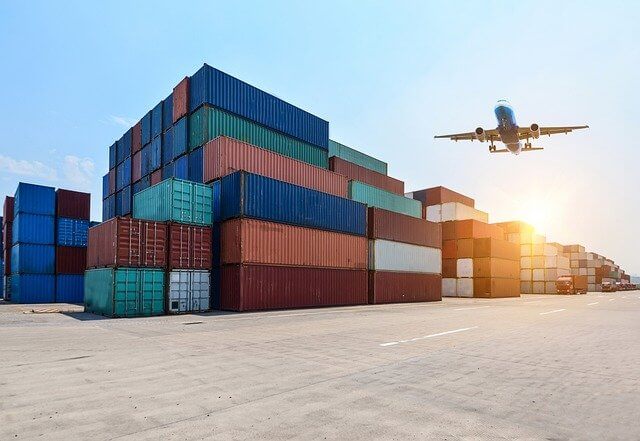
It is important to keep your cargo compact, no matter the shipping method you choose to use. Packaging solutions like stretch film are thus worth investing in.
Nevertheless, if you are shipping goods via sea/ocean, different factors may influence the type of packaging you use.
Pallets, for instance, are essential to ensure the stability of cargo during transit. LCL shipping may also warrant careful consolidation of your cargo because your goods will share a container with goods belonging to others.
To sum it up, take time to understand the complexities of your mode of shipping so that you can make an informed choice.
Branding
Before you commit to any packaging solution, consider how it will pair with your branding.
Does it have enough room to showcase your logo? How much will it cost to imprint your logo on that style of packaging? Will it portray your brand at its best and stand out from your competitors?
If you are uncertain about any of these questions, creating mockups could give you a better visual representation. It is also cheaper than creating actual branded packaging samples.
Eco-friendliness

Packaging is often used once and discarded. This leads to a high level of consumption which, in turn, leads to a high level of resource depletion.
Make an effort to choose eco-friendly types of packaging that can be recycled or reused. Encourage consumers and other parts of your supply chain to work with you towards these goals as well. It will be good for your brand, your customers, and the environment too.
FAQs about Types of Packaging
What Is Flexible Packaging?
Flexible packaging is packaging that is made using pliable or non-rigid material. Examples include films, pouches, roll bags, and jute bags.
It is mostly used as primary packaging for both food and non-food items. However, as we have learned above, high-quality films can be used as secondary and tertiary packaging too.
What Are the Best Types of Packaging?
The best type of packaging varies from one product to another and your target market.
For instance, if your target market is eco-conscious, plastic packaging may rub them the wrong way compared to boxes made using recycled and biodegradable Kraft paper.
It may also be pointless to package electrical components in plastic when they can fit better into custom cardboard boxes.
In a nutshell, you need to assess the needs of every situation and make unique packaging decisions that meet those needs.
What Types of Packaging Are Recyclable?
Primary, secondary, and tertiary types of packaging can all be recyclable. It only depends on the materials that they are made of.
Recyclable materials include:
- Different types of plastic
- Cardboard
- Kraft paper
- Glass
- Aluminum cans
However, in practical terms, some types of packaging are more recycling-friendly than others.
For example, hardly anyone ever thinks to recycle blister packs even when they are made of aluminum. So, it may be a good idea to not only consider the material but also how to offer packaging that consumers can see as recyclable.
What Is Logistical Packaging?
Logistical packaging mainly refers to secondary and tertiary types of packaging. It is distribution-oriented and focuses on safely getting products from manufacturers to the retail market.
What Is the Difference Between Tamper-Evident and Tamper-Proof Packaging?
Tamper-evident packaging usually has a one-off seal from the manufacturer or cargo dispatcher. Once that seal is opened it can not be resealed back to the same way it was and so whoever receives it can tell that it has been tampered with.
A good example of this is shrink film. It is sealed using heat and can only be opened by tearing or cutting. If it is cut or torn, the shrink film will likely not fit around the good. It would thus be near impossible to reseal it as it was.
Tamper-proof packaging is packaging that is designed to make it harder for anyone to access products in a hurry. This may include the use of multiple security seals or bottles/containers that open a specific way instead of just twisting open.
Tamper-evident and tamper-proof packaging solutions are not necessarily new types of packaging. They are simply customized versions of the options we have discussed above.
They are enhanced to curb pilferage, counterfeiting, and other forms of malpractice in the supply chain.
Final Thoughts
It is one thing for a manufacturer to ask what type of packaging you prefer but it is quite another to find out that you need 3 different types of packaging.
Fortunately, now that you know what each type entails and what your options are, that decision may not come as a surprise or be too tough to make.
On the other hand, it could be that you prefer custom packaging or you are having a hard time finding a manufacturer that provides quality packaging.
We, at NicheSources, can fix that for you. We can find you custom packaging manufacturers, handle your product branding, coordinate packaging with your manufacturing, and arrange shipping on your behalf too.
That would lighten your load, wouldn’t it? Simply send us a brief of your packaging requirements, request a quote, and we will find you the outstanding solutions that you deserve.

